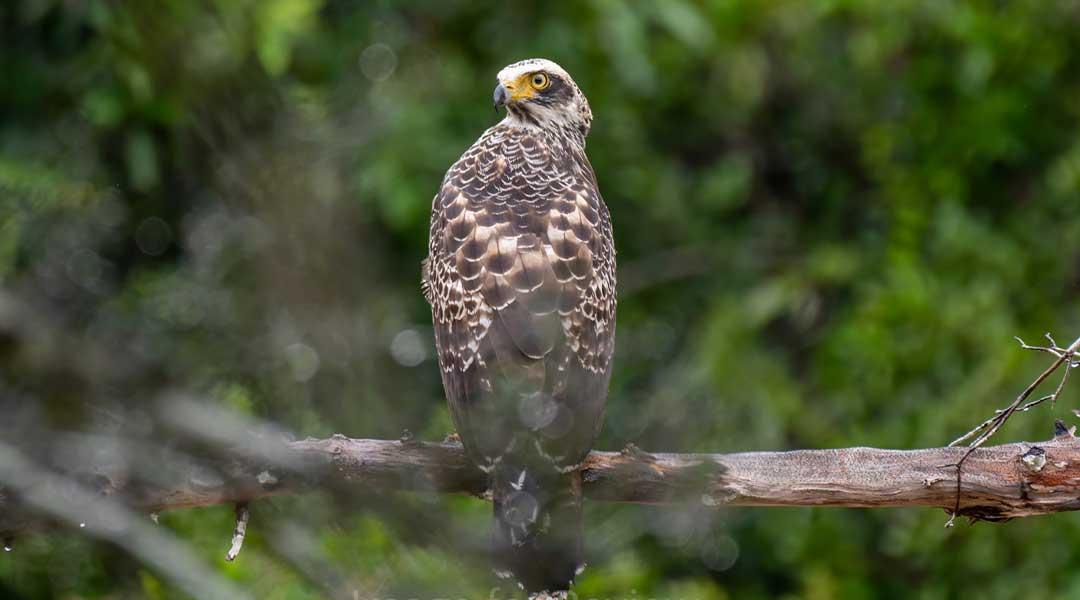Wilpattu National Park, Sri Lanka’s largest and oldest wildlife reserve, is not only famed for its elusive leopards and tranquil lakes but also for its rich and diverse birdlife. Tucked away in the island's northwestern dry zone, Wilpattu is a haven for both resident and migratory birds, making it a dream destination for birdwatchers and nature lovers.
Spanning over 1,300 square kilometers, Wilpattu features a unique mix of habitats — including dense scrub forests, wetlands, sand dunes, and “willus” (natural rainwater lakes) — which support over 200 species of birds. The park’s tranquil and less-crowded atmosphere offers birdwatchers a peaceful setting to observe birds in their natural behavior.
Among the park’s most striking avian residents is the Sri Lanka junglefowl, the national bird of Sri Lanka. Its bright plumage and distinctive call make it a favorite sight for visitors. Another highlight is the Malabar pied hornbill, known for its dramatic bill and social nature. These large birds are often seen in pairs or small flocks, flying across the canopy or perched high in dead trees.
Waterbirds thrive around the willus, especially during the dry season. Species like the painted stork, little egret, grey heron, and spot-billed pelican can be spotted wading in shallow waters or nesting nearby. The black-winged stilt, with its striking long legs, is another common sight along the water’s edge.
For raptor enthusiasts, Wilpattu offers sightings of powerful birds of prey such as the crested serpent eagle, white-bellied sea eagle, and shikra. Their graceful flight and sharp calls add a thrilling element to any safari.
During the migratory season, which spans roughly from October to March, Wilpattu welcomes a variety of winter visitors. Waders, terns, and warblers from northern Asia and Europe arrive to take refuge in the park’s warm climate and abundant food sources.
What sets Wilpattu apart is the opportunity to enjoy birdwatching in a truly wild, untouched environment. Unlike the busier parks in the south, Wilpattu offers solitude and serenity — essential for spotting shy or rare species.
Whether you’re an avid birder or a casual nature lover, Wilpattu National Park offers an unforgettable experience. Bring your binoculars, listen carefully to the calls echoing through the forest, and you’ll discover that the birds of Wilpattu have many stories to tell.
Wilpattu is not just a park — it’s a symphony of wings, feathers, and song.

